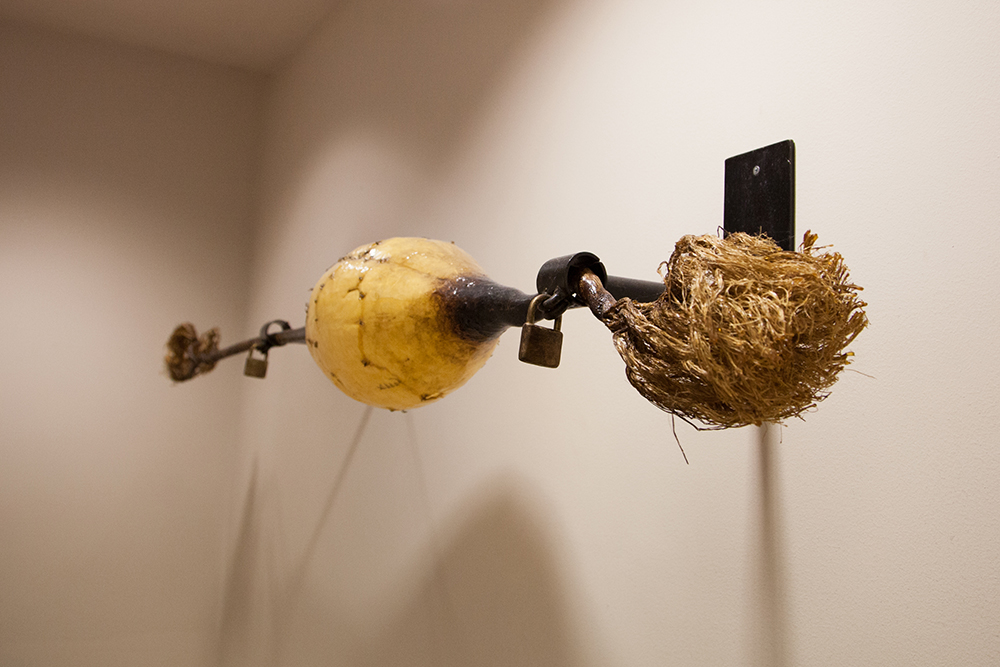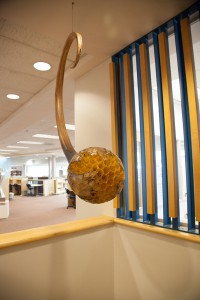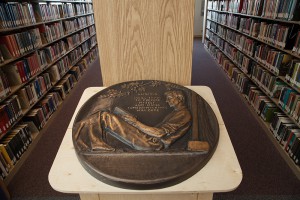Artists Selected for Boschma Farms
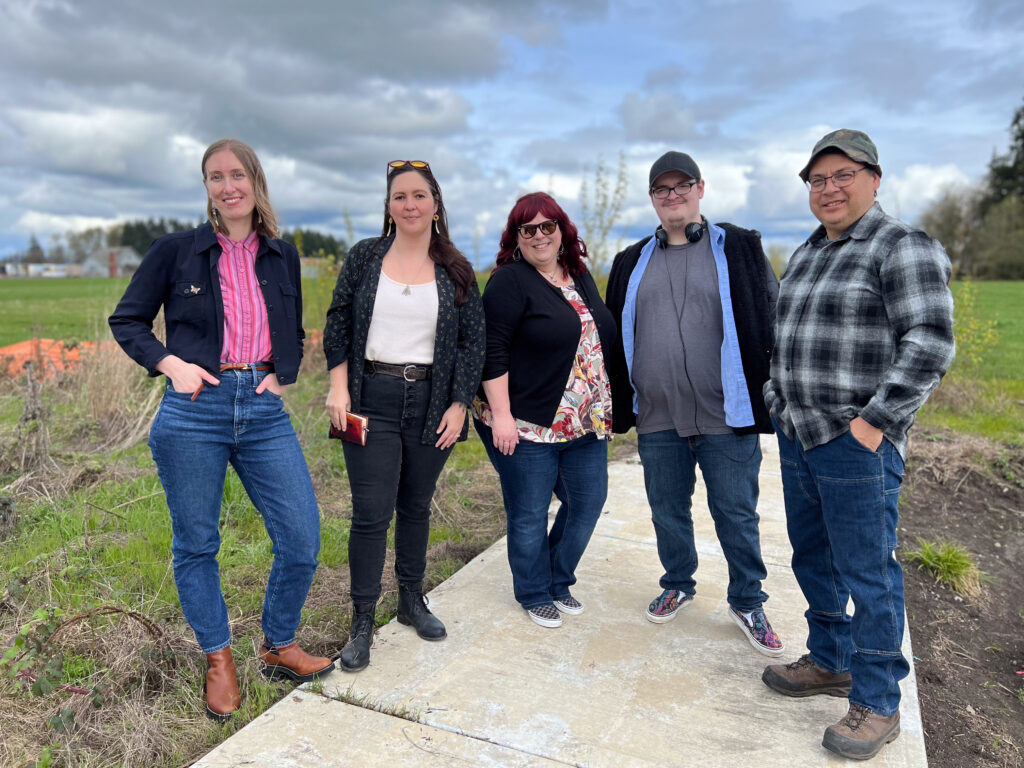
Clark College, in partnership with the Washington State Arts Commission, has selected an artist for the Advanced Manufacturing Building for its Boschma Farms campus in Ridgefield, Washington. After a call for artist submissions, the Clark College Art Selection committee selected emerging artist, Sarah Folden to lead a group of artists to create public art for the new campus, expected to open in Fall 2025.
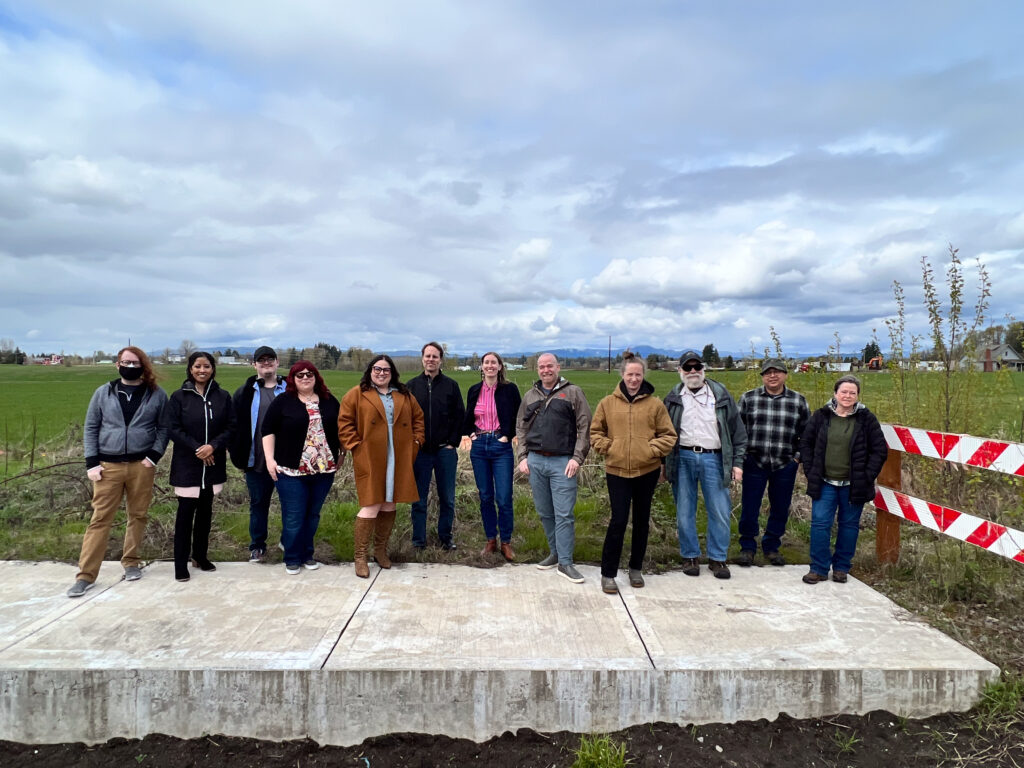
Clark College President, Dr. Karin Edwards, said, “We are excited that Sarah Folden will be leading a group of talented, Native American artists in creating public art for this building at Clark College at Boschma Farms. I look forward to seeing their art come to life on our new campus.”
“To say this project could be life changing for me would be an understatement,” said Folden. “More importantly, it would be life changing to the other young lives I connect with and simply an honor to help reflect the college’s partnership with my tribe on this project for the Boschma Farms campus.”
The committee also has engaged artist and curator RYAN! Feddersen to curate existing artworks to purchase for the building in addition to work that will be created specifically for the space.
Clark College at Boschma Farms will be similar to the college’s other auxiliary campuses at Columbia Tech Center and Washington State University Vancouver. Clark College at Boschma Farms will offer a variety of programs to serve the community and equip students to complete a program at Clark College and be workforce ready. Eventually, the campus is expected to include classrooms, professional labs, offices, study areas, services and support spaces. Construction of the 48,000 square-foot building will begin June 2023 and is projected to be completed by Winter 2024. Classes are projected to start in Fall 2025.
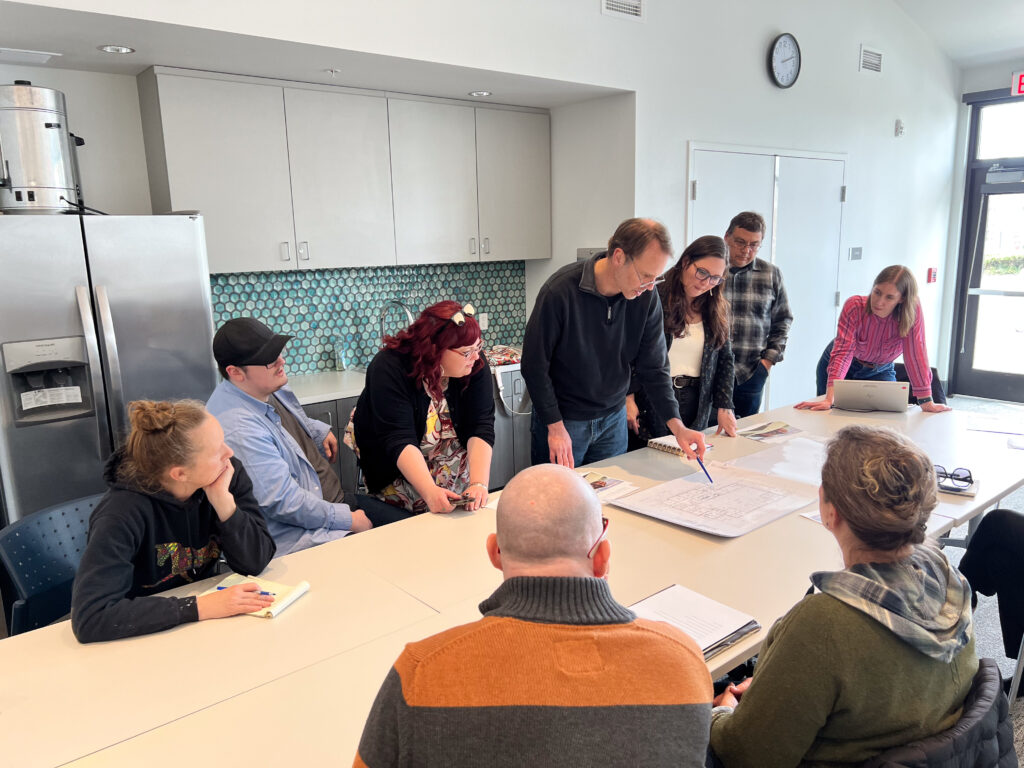
About the artists and curator:
Sarah Folden, a Cowlitz tribal member, creates art inspired by her heritage and ancestral connection to place. Folden’s work is both traditional and contemporary, integrating many mediums and carved block printmaking. After a career in tribal fisheries, she became a self-taught artist who learned Coast Salish design from accomplished indigenous artists Peter Boome and Brian Perry.
Folden’s public art can be seen in a 26-foot Coast Salish mural at the ferry landing terminal on Orcas Island. Folden has worked on three high school mascot redesigns recently in a Coast Salish style. She is currently illustrating an indigenous foods book, designing multiple murals to be installed Summer of 2023 and has designed huge chandeliers inspired by native hand drums which will be displayed throughout the new ilani Resort Hotel that opened April 24, 2023. She also joined the Membership Board for Whipsmart, Washington State’s only trade association dedicated to supporting the creative community. Folden teaches art to native youth, and volunteers for public art groups supporting environmental and social causes.
Corbin Jones, a Cowlitz tribal member, is a high school senior whose interests and areas of focus are natural resources and computer sciences. Corbin is studying 3D computer graphics, animation, and commercial art. They have recently found their first professional success in commercial art sales. As a neurodivergent person on the autism spectrum, Corbin has found their place supporting other youth with differences and organizes a weekly art and gaming club offering social opportunities to area kids.
Brian Perry (Hopi-Cheelth), a Port Gamble S’Klallam tribal member and artist with lineage in Quinault, Suquamish and Makah, learned traditional carving from his grandfather and uncles and became interested in Northwest Coast art when he took classes from David Boxley. He studied with Duane Pasco, Dave Franklin, and Eddie Charles. His work captures the essence of characters from traditional tribal stories.
Perry transitioned from a 20-year career in fisheries to a successful public artist in 2014 when his small sketch turned into a significant sculpture at his tribe’s new hotel. Creating a scaled drawing and collaborating with a metal shop, Perry’s work became a 46-foot-tall steel sculpture. He has since created two 36-foot Salish sea-going canoes, a 12-foot house post and a 12-foot glass sculpture at the Burke Museum. https://www.northwestcoastalart.com/
RYAN! Feddersen’s (Confederated Tribes of the Colville Reservation) public artworks include Inhabitance for the Portland International Airport, Schema for CitizenM Pioneer Square, and Antecedents for the University of Washington. She has curated exhibitions for the Portland Art Muse, New Burke Museum, and Museum of Northwest Art and a collection of artwork for Kamiak Elementary School in Pullman, Washington. http://ryanfeddersen.com/about/
About Art in Public Places Program
Washington State Arts Commission’s Art in Public Places program (AIPP) purchases and cares for artworks in state buildings, colleges, universities, and schools throughout Washington. Its goal is to build and care for a state art collection that is impactful, accessible, valued, and reflects Washington’s diverse communities. Learn more about Washington State Arts Commission: https://www.arts.wa.gov/public-art/
About Clark College
Founded in 1933 and celebrating its 90th year, Clark College provides residents of Southwest Washington with affordable, high-quality academic and technical education. It is a public community college offering more than 100 degree and certificate programs, including bachelor’s and associate degrees; professional certificates; high school diplomas and GED preparation; and non-credit community and continuing education. Clark serves a wide range of students including high school students, displaced workers, veterans, parents, non-native English speakers, and mature learners. Approximately three-quarters of its students are in the first generation of their families to attend college.
Learn more:
Boschma Farms campus: https://www.clark.edu/cc/boschma
Clark College Art Selection committee: https://www.clark.edu/about/governance/public-disclosure-and-records/adminProcedures/800/807/index.php
Photos: Clark College/Jenny Shadley
